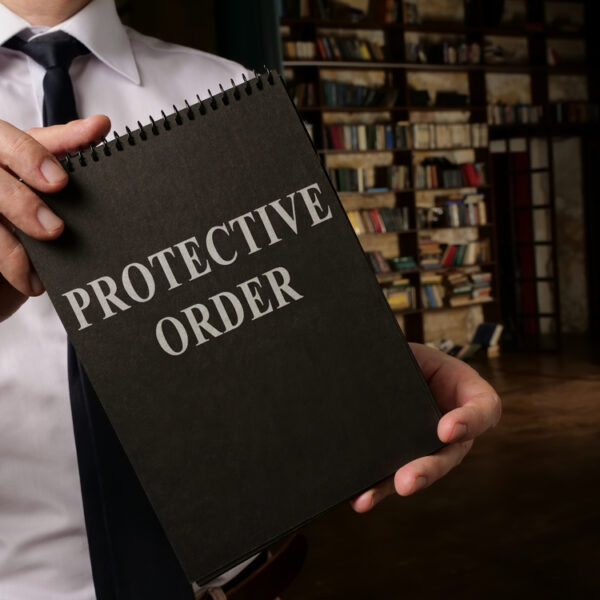There are numerous clients whom I have represented over the years who have been served with an order of protection in Chicago. The position necessary in formulating a good defense pertains to the different kinds of orders and potential impacts from each. Here are the three types of protection orders that exist under Illinois law under the Illinois Domestic Violence Act of 1986 and how to defend against a protection order.
Emergency Order of Protection – An EOP is generally granted when an allegation of immediate and present danger of abuse exists (750 ILCS 60/). It is granted upon the testimony of the Petitioner in the absence of the Respondent. It can be issued expediently and is valid for 14-21 days until a full hearing for a Plenary Order can be conducted.
Plenary Order of Protection – If the court believes abuse has occurred, pending a hearing where both Petitioner and Respondent attend, an Order of Protection may be issued. A Plenary Order of Protection is effective for up to two years and, with further approval from the court, can be reissued.
Interim Order of Protection – This order shall be issued upon the Petitioner’s request for protection between the expiration date of the EOP and the date of the Plenary Order. To grant an Interim Order, the Respondent must have had the opportunity to appear at a hearing or been properly noticed on the date of hearing, and such orders are effective for a maximum of 30 days.
How To Defend An Order Of Protection In Illinois
Defending an order of protection is somewhat of a strategic process; it really revolves around the specifics of the allegations and the evidence presented. Key strategies would include:
Challenging the Allegations
In general, the initial approach would be to deny the Petitioner’s claims. A common strategy involves challenging the credibility of the allegations early on by identifying inconsistencies or uncovering motives for the Petitioner to exaggerate or fabricate their claims.
Presentation Of Contravening Evidence
A good defense is always based on the presentation of evidence to counteract the petitioner’s story. This evidence can take various forms, such as witness testimony, alibi evidence, communication records, or any relevant documentation that could help form a timeline or context in which one disputes the petitioner’s assertions.
Thus, in most cases, the legal arguments may prove fruitful where the allegations do not meet the legal definition of abuse or harassment which would warrant an order of protection, there was not a statutory basis for the order, or where other procedural errors took place in issuing the order.
Negotiation
Sometimes, one can negotiate a friendly agreement with the Petitioner, especially when there are immense effects on the life of the Respondent or if there is a shared responsibility on both parties as in childcare.
Contact Our Chicago Order Of Protection Defense Attorney For A Free Consultation
An order of protection can be difficult to go through and will affect both your personal and professional life. If you are facing an order of protection in Illinois, the most important thing you can do is to take immediate action and retain our experienced criminal defense firm. To learn more, contact our Chicago criminal defense attorney at Edward Johnson & Associates P.C. by calling 708-762-8666 to receive your free consultation. We are here for you at every step of the process, working toward the optimum result possible in your case. With confidence and strategic legal advice, we can help you through these difficult times.

